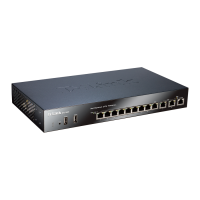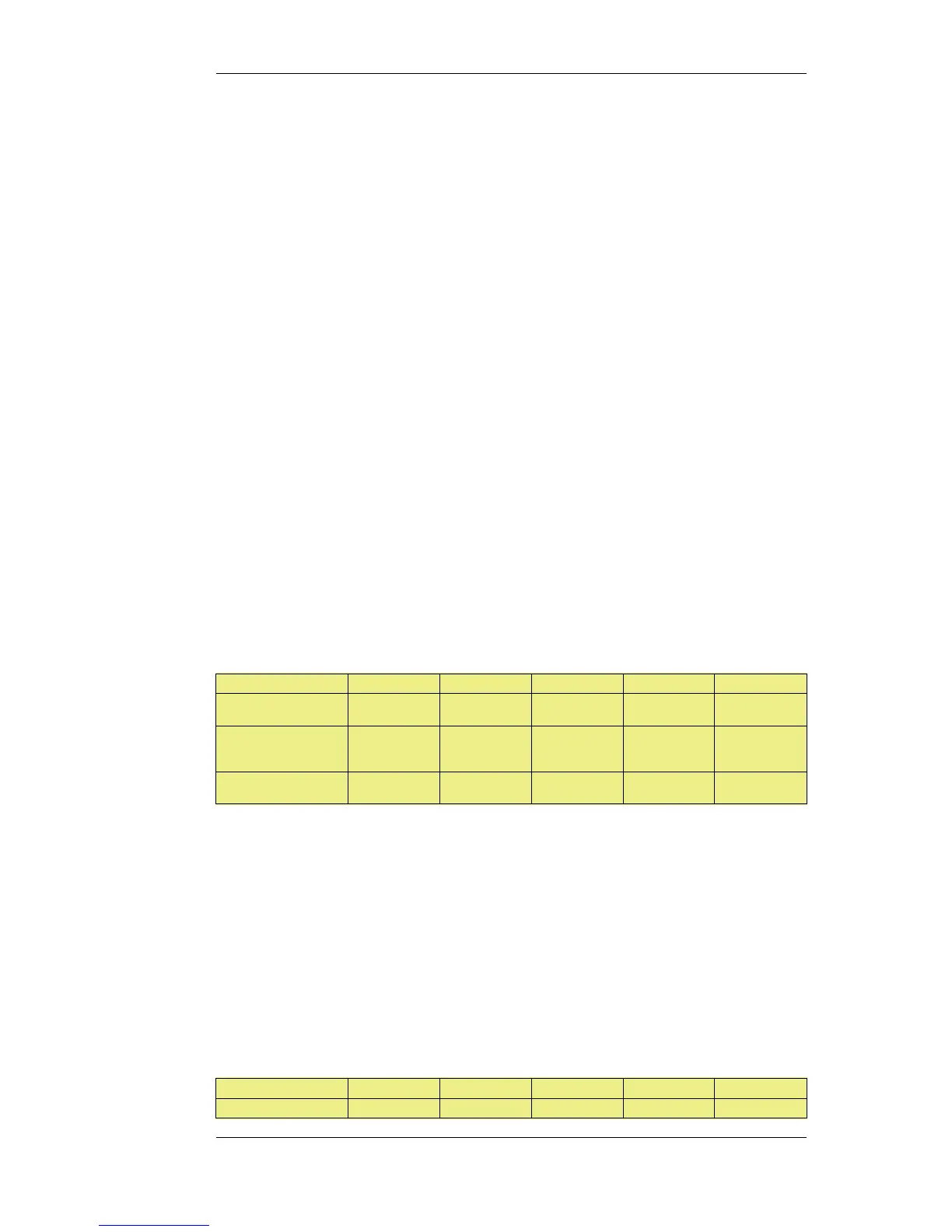• Without NAT so the network topology is exposed.
Solution A - Using NAT
Here, the proxy and the local clients are hidden behind the IP address of the NetDefend Firewall.
The setup steps are as follows:
1. Define a single SIP ALG object using the options described above.
2. Define a Service object which is associated with the SIP ALG object. The service should have:
• Destination Port set to 5060 (the default SIP signalling port)
• Type set to TCP/UDP
3. Define three rules in the IP rule set:
• A NAT rule for outbound traffic from the local proxy and the clients on the internal network
to the remote clients on, for example, the Internet. The SIP ALG will take care of all
address translation needed by the NAT rule. This translation will occur both on the IP level
and the application level. Neither the clients or the proxies need to be aware that the local
clients are being NATed.
If Record-Route is enabled on the SIP proxy, the source network of the NAT rule can
include only the SIP proxy, and not the local clients.
• A SAT rule for redirecting inbound SIP traffic to the private IPv4 address of the NATed
local proxy. This rule will have core as the destination interface (in other words
NetDefendOS itself) since inbound traffic will be sent to the private IPv4 address of the SIP
proxy.
• An Allow rule which matches the same type of traffic as the SAT rule defined in the
previous step.
Action Src Interface Src Network Dest Interface Dest Network
OutboundFrom
ProxyUsers
NAT lan lannet
(ip_proxy)
wan all-nets
InboundTo
ProxyAndClients
SAT
SETDEST
ip_proxy
wan all-nets core wan_ip
InboundTo
ProxyAndClients
Allow wan all-nets core wan_ip
If Record-Route is enabled then the Source Network for outbound traffic from proxy users can be
further restricted in the above rules by using "ip_proxy" as indicated.
When an incoming call is received, the SIP ALG will follow the SAT rule and forward the SIP
request to the proxy server. The proxy will in turn, forward the request to its final destination which
is the client.
If Record-Route is disabled at the proxy server, and depending on the state of the SIP session, the
SIP ALG may forward inbound SIP messages directly to the client, bypassing the SIP proxy. This
will happen automatically without further configuration.
Solution B - Without NAT
Without NAT, the outbound NAT rule is replaced by an Allow rule. The inbound SAT and Allow
rules are replaced by a single Allow rule.
Action Src Interface Src Network Dest Interface Dest Network
OutboundFrom Allow lan lannet wan all-nets
6.2.8. The SIP ALG Chapter 6. Security Mechanisms
298

